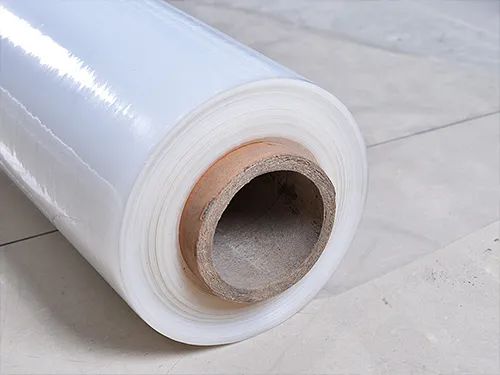A barrier film is a thin film used to isolate or separate two different environments or substances. Usually, the function of a barrier film is to prevent a substance from spreading from one area to another, thereby protecting the quality and performance of the product.
Diaphragm is still a common insulation material, mainly made of polymer materials. Its main function is to block current, allowing electronic devices to function properly. There are many types and specifications of barrier films,
When making a choice, the following aspects need to be considered:
Electrical performance: The diaphragm should have low electrical resistivity and high strength to ensure the reliability of electrical connections.
Chemical stability: The diaphragm should have good chemical stability and be able to resist the erosion and corrosion of chemical substances to protect the internal environment of the equipment from being affected.
● High temperature resistance: The diaphragm should have a high heat resistance and be able to maintain stable performance at high temperatures to ensure the normal operation of the equipment.
Safety: The diaphragm should comply with national laws, regulations, and standards, and should not pose any harm to human health or the environment during use.
When choosing a barrier film, it is necessary to evaluate and select it based on specific circumstances to ensure that it meets application requirements and quality requirements. For example, if there are higher requirements for electrical performance, a barrier film with higher resistivity can be chosen; If there is a higher requirement for chemical stability, a barrier film with higher heat resistance can be chosen.

Barrier films are usually made of polymer materials that provide high reliability and stability, as well as certain chemical inertness and good physical properties. Common materials include polyethylene, polypropylene, polyvinyl chloride, polystyrene, etc.
Diaphragm films are commonly used in various fields such as food, medical, electronics, cosmetics, aerospace, etc., with the most common application being food packaging. Modern food packaging typically uses composite materials, including barrier films, to keep food fresh, prevent oxidation, moisture, and prevent contamination.
Barrier film has the following characteristics:
1. Highly moisture-proof, able to prevent water vapor and other liquids from penetrating.
2. High oxidation protection performance, which can prevent oxygen from entering the interior of the packaging, thereby extending the life and shelf life of food and products.
3. High physical strength and stability, capable of resisting heat, cold, compression, and impact.
4. It can be transparent, semi transparent or opaque, with high decorative value, and can meet consumers' aesthetic requirements without affecting the packaging quality.
In short, barrier film is a very important packaging material that has been widely used in various fields such as food, medical, electronics, cosmetics, etc. Its key role is to ensure the quality and performance of products and bring consumers a better experience.



